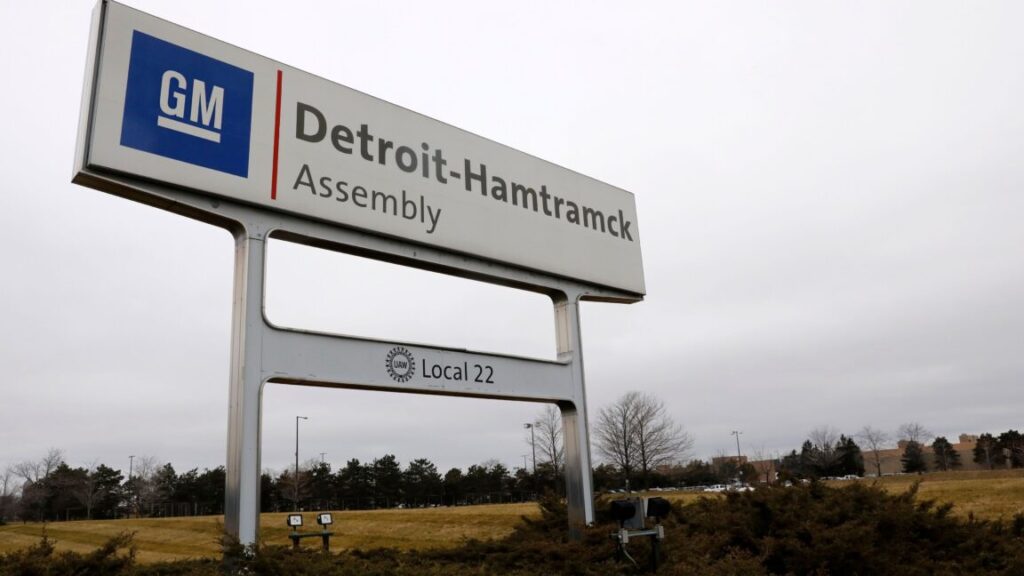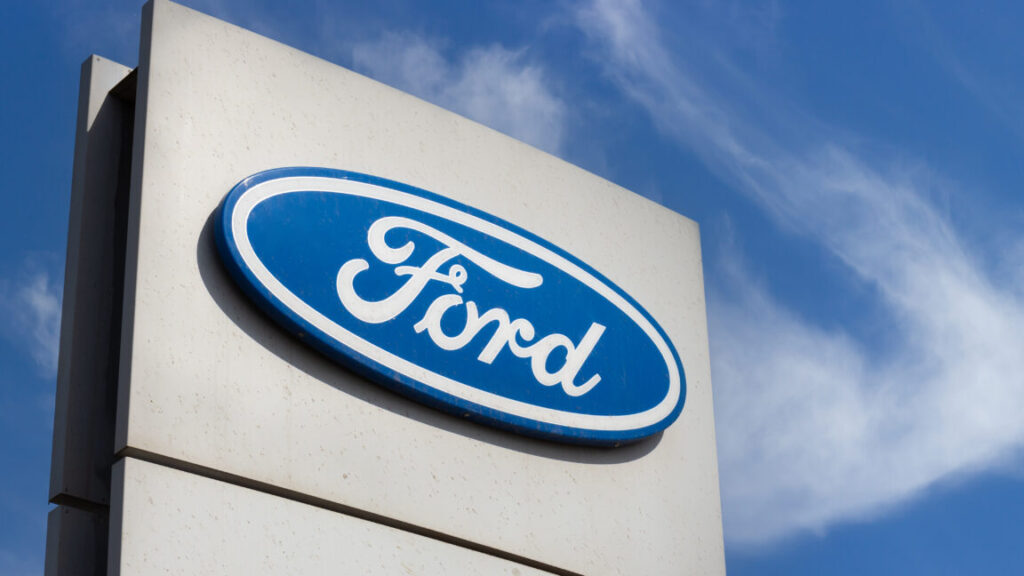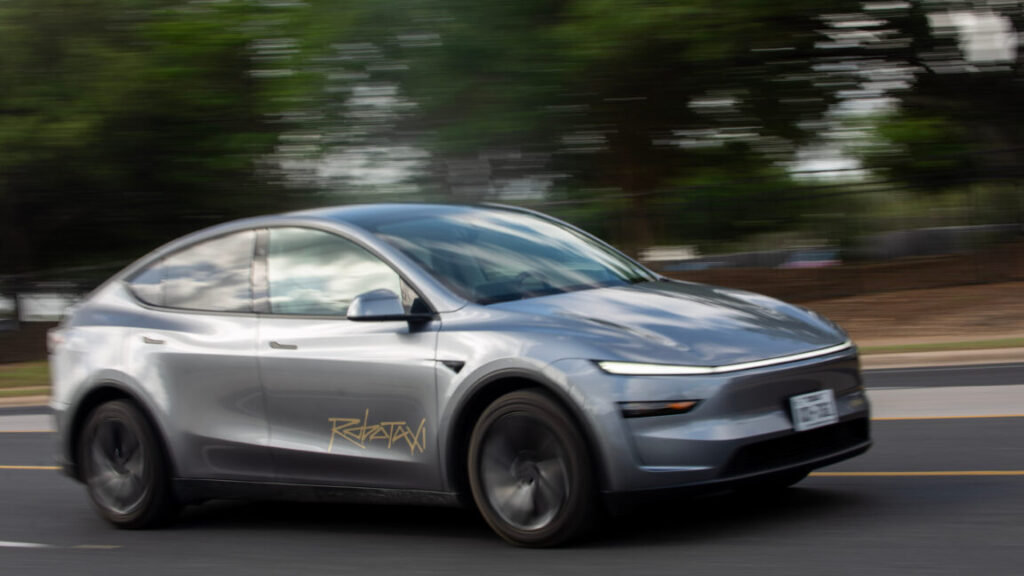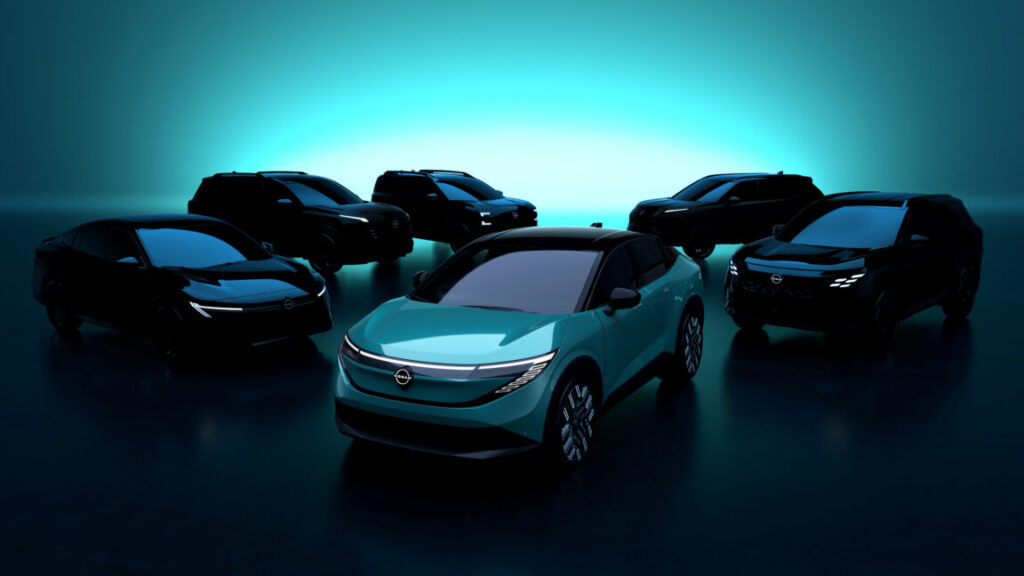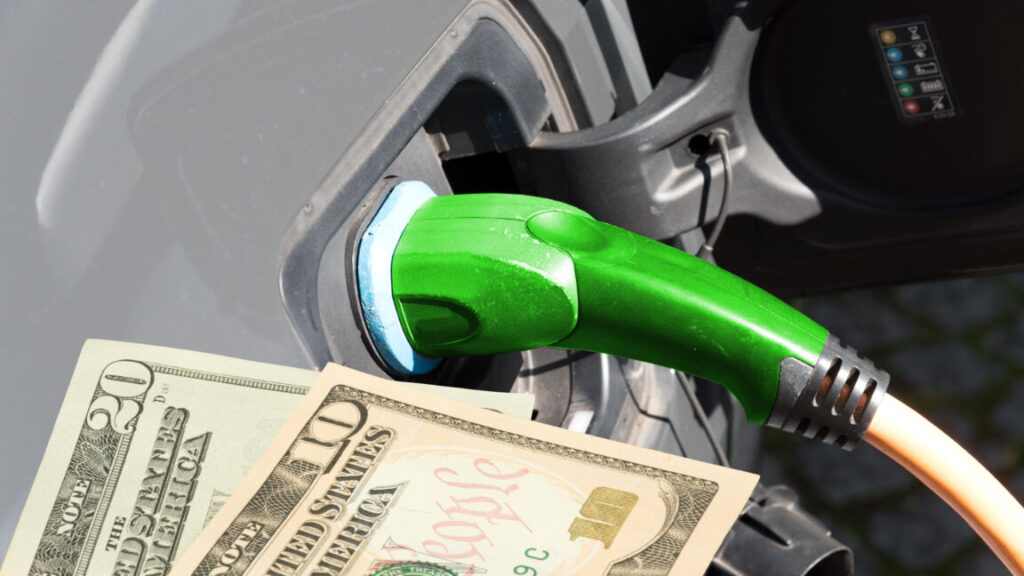GM lays off 1,700 workers making EVs and batteries in Michigan, Tennessee
Now we can see some of the impact of that realignment. According to The Detroit News, 1,200 workers are being laid off at GM’s EV-building Hamtramck Assembly Center near Detroit, which will move from two shifts a day to just one in early January.
Another 550 workers are being laid off at the Ultium Cells battery plant in Ohio; this is a joint venture with LG Chem and the plant will also stop production on January 5 until at least May.
Another 850 workers at the Ultium Cells plant in Ohio will be temporarily laid off, as will 700 more at a second Ultium Cells factory in Tennessee.
“During the temporary pause, Ultium Cells plans to make upgrades to both facilities to provide greater flexibility,” GM said in a statement to the Detroit News. “Ultium Cells will continue to evaluate and adapt production plans based on evolving market needs.”
GM also recently shut down its BrightDrop brand, which made electric delivery vans, blaming weak demand. And the automaker has also laid off IT workers in Georgia and staff from its Warren Technical Center in Michigan.
GM lays off 1,700 workers making EVs and batteries in Michigan, Tennessee Read More »
